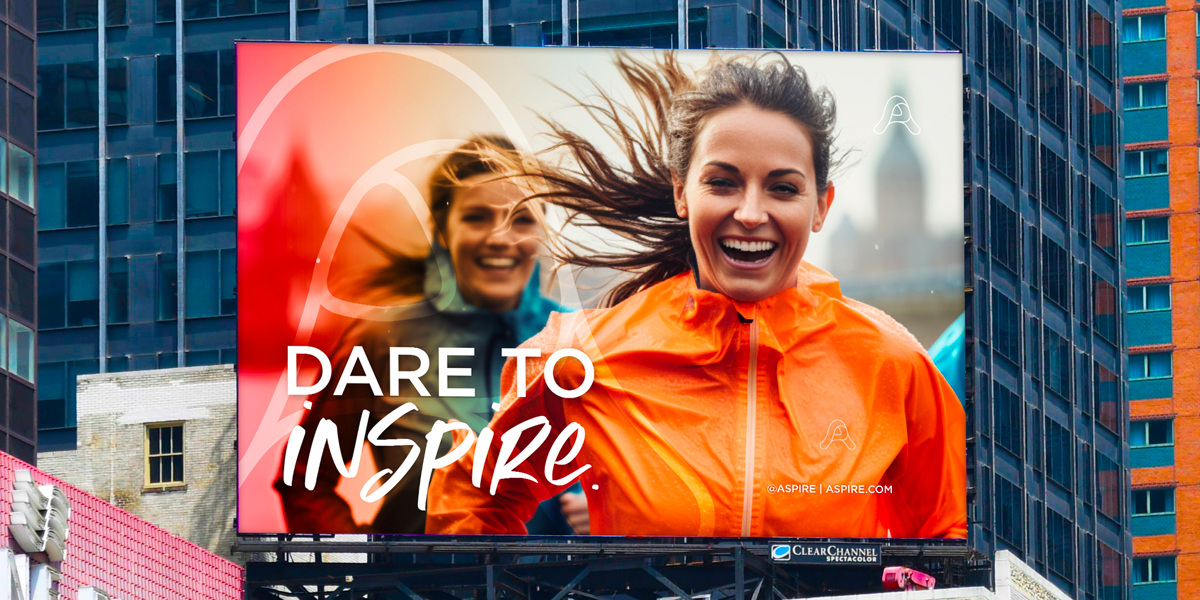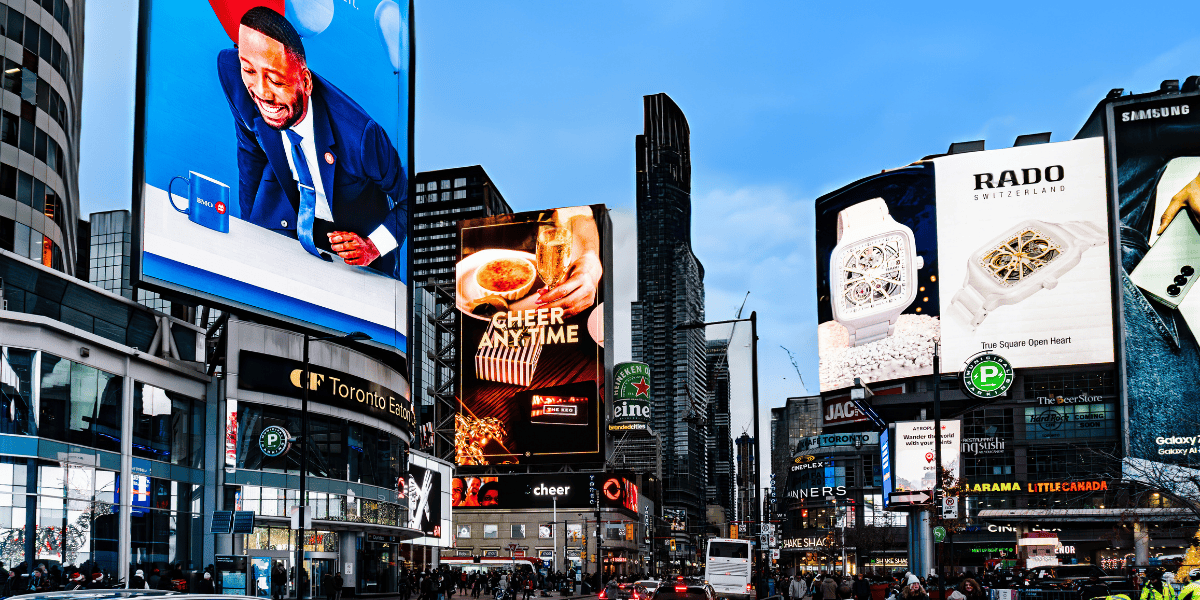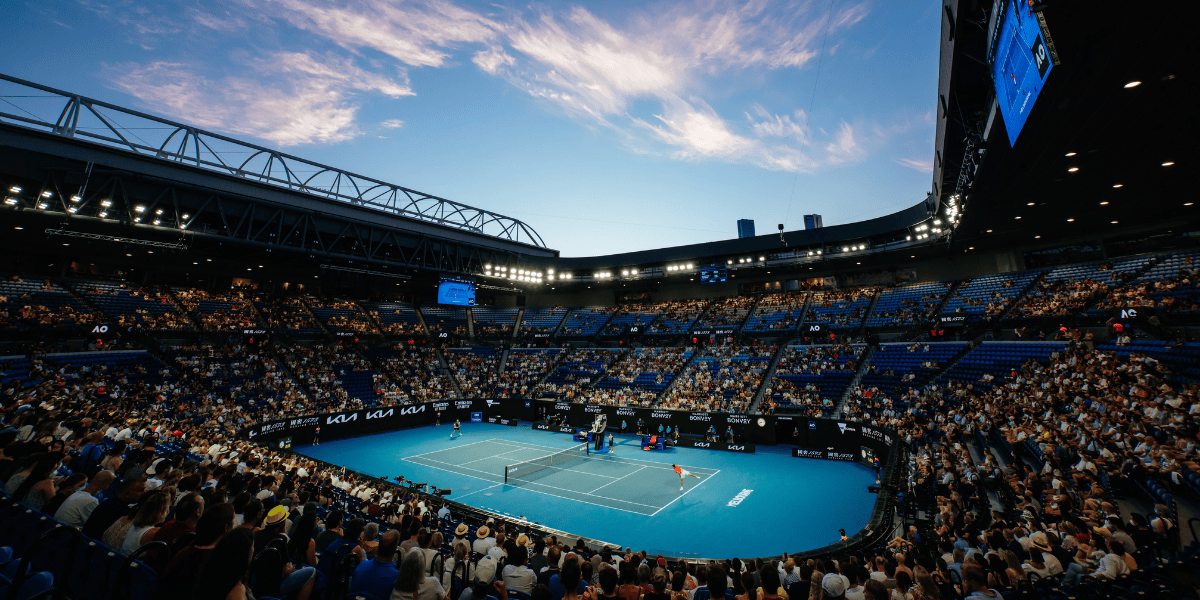
What is DOOH inventory quality?
The term “inventory quality” has become somewhat of an industry buzzword in digital out-of-home (DOOH) advertising.
Nearly every article, guide and playbook aimed at teaching advertisers and media buyers how to effectively purchase DOOH ad space includes “inventory quality” as one of the defining traits to look for in a potential partner.
Unfortunately, this term is highly subjective and often changes depending on who you ask. A media owner may define “quality” one way, while an advertiser defines it completely differently. This can lead to miscommunication and confusion. At the same time, the rapid increase in programmatically enabled DOOH screens makes it hard to identify the right partners for each campaign and ensure those partners are representing themselves accurately.
While the DOOH industry has always had quality standards in place, the problem is that the term “inventory quality” has never been objectively defined using criteria that both media owners and advertisers can agree on…Until now.
At Vistar Media, we’ve thought a lot about this problem, and we’re excited to present our solution, Vistar Verify.
We created Vistar Verify to establish a shared definition of quality that can be enforced fairly and objectively across all inventory in the Vistar DOOH marketplace. This standardization system will provide details to buyers so that they can confidently make inventory choices and continue to grow their investment in out-of-home.
Within the Vistar demand-side platform (DSP), buyers will be able to view media owner networks and inventory that has been Vistar Verified and plan their campaigns accordingly. In addition, this framework will provide media owners with actionable insights into how they can continue to improve the quality of their networks and drive value for advertisers.
Vistar's 3 Pillars of DOOH Inventory Quality
To create an objective scale on which inventory quality can be measured, our team consulted with clients and partners across the OOH ecosystem, incorporating input from brands, agencies, DSPs and media owners to develop a set of three criteria that can be used to assess the quality of an OOH media asset, these include:
1. Environment
The “environment” metric measures the quality of a DOOH screen’s surroundings based on both the physical location itself and the audience present in the location.
-
Location: Screens are located in a clean, brand-safe environment. This means your ads will only run in locations that align with your brand’s values and image.
-
Audience: Screens reach an identifiable, desirable audience such as high net-worth individuals, shoppers, commuters, etc.
Why does this matter? Because the location of a screen can send a drastically different message depending on its surroundings.
For example, let’s say you’re launching a DOOH campaign for a new line of premium jewelry. As part of the buying plan for this campaign, you decide to purchase urban panel inventory in high-traffic locations on 5th Avenue in Manhattan. However, the next time you’re walking down 5th Avenue, you see your ad playing on an urban panel not outside an upscale retail store as you had hoped, but instead you see it playing in front of an “adult entertainment” establishment — probably not the association you want for your brand.
Evaluating a DOOH screen’s environment allows you to know precisely where that screen is located and who will most likely see your ad before you purchase the inventory.
2. Presentation
Presentation determines the quality and effectiveness of the physical display itself as well as the on-screen experience. The criteria for evaluating the presentation of a DOOH screen include:
- Display Quality: The physical display and structure are well-designed, clean and placed in a highly visible location. In addition, the display must be visible in all relevant conditions (e.g. in sunlight or at night).
- On-Screen Experience: Ads are displayed in a clean, modern design and prominently placed within the DOOH experience.
Think of this like a mechanic looking under the hood of a car. On the outside, a car may look shiny and new, while on the inside the engine is falling apart and it’s leaking all sorts of fluids. On paper, you may see a DOOH screen located in a high-traffic area that would be perfect for your campaign, however, in reality, the screen is outdated-looking and hidden behind a trash can. This would take away from the creative your team or agency worked so hard to build.
By taking presentation into account, you can be sure that the inventory you’re buying has the technical specifications, design and placement you need to reach your audience with the most dazzling and engaging experience.
3. Signals
To ensure we provide the most accurate verification possible, we rely on “signals” that indicate the quality of information used in describing our DOOH inventory. These signals include:
-
Impression Data: Impression data comes from an approved third-party source. This data is regularly updated. In some cases, hourly data is available to reflect changing conditions throughout the day and week – helping to ensure your impression counts are correct and your ads are not being played when nobody is around.
-
Location: Venue latitudes and longitudes are accurate within 50m or are passed upon ad request (for moving media - meaning the location will represent where the screen is at the time of the ad play).
-
Venue Type: This ties back to the environmental criteria — making sure that the venue type accurately reflects the surroundings of the screen and the audience reached (e.g. a campaign is set to grocery stores, but screens are actually in liquor stores).
-
Operating hours: Media owners can set operating hours of specific inventory within Vistar’s supply-side platform (SSP) — meaning ads will only run when the location is open during business hours (e.g. not running ads on a weekend in an office building).
-
Integration: Integration is operating properly - all venues are requesting regularly, requests are real-time (sub 1-hour latence), POPs are hit in real time and consistently with accurate display times.
Our Methodology
To achieve objectivity and accuracy in building out our quality standards, we created a set of manual and automated checks to ensure inventory is represented accurately and meets the needs of buyer partners.
Through the Vistar Verify program, a quality request for information (RFI) is sent to all media owners in the Vistar inventory that provides a detailed questionnaire covering all aspects of a media owner’s environment, processes, data usage, integrations and more.
Additionally, an automated inventory check runs a programmed script against a list of OOH venues, checking the location (latitude/longitude) against the Google Places API, to verify the accuracy of the venue description. For example, identifying a grocery store at or within 50m of the location of a venue listed in the “grocery store” category.
Finally, our technical team will be conducting ongoing quality checks throughout the year across our entire inventory to ensure that all inventory in the marketplace is at the highest standards.
An Ecosystem Built for the Future of DOOH
As a buyer, there’s never been a better time to impact an audience through DOOH advertising. This growing medium is quickly becoming the premier channel for breaking through the noise of digital advertising and reaching consumers in the physical world with stunning creatives that dazzle and inspire. However, with hundreds of thousands of DOOH screens available globally, you need to know precisely what you’re getting and what you’re paying for.
Vistar Verify offers the peace of mind that when you purchase DOOH inventory, your ads are played on the high-quality screens that your creative deserves, to drive the outcomes your campaign needs.
If you’d like to learn more about Vistar Verify and what inventory quality means for your DOOH campaigns, contact us to connect with one of our experts today!




